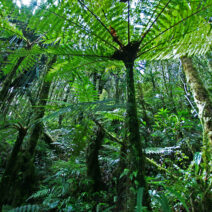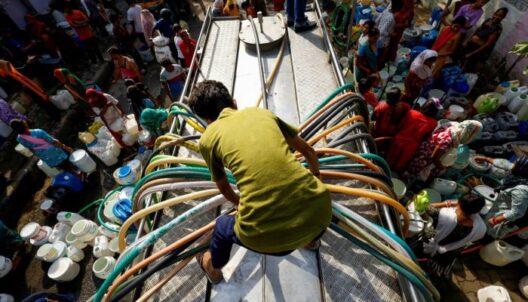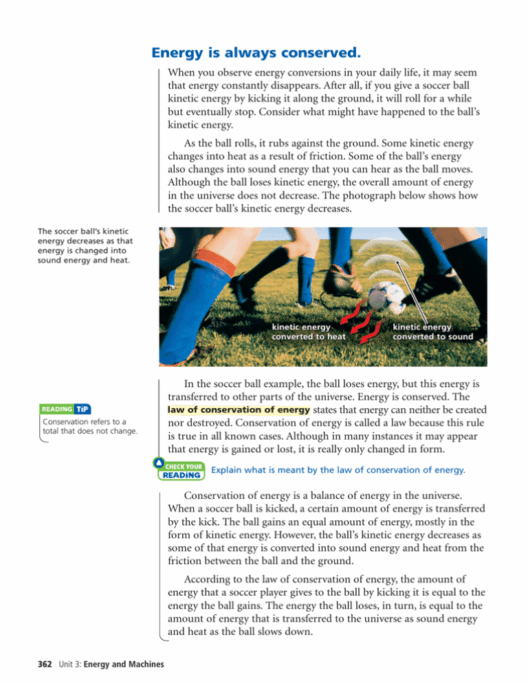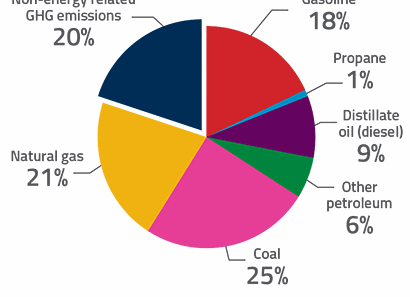The discourse surrounding climate change has been fervent and pervasive, yet the question of humanity’s role remains a pivotal focal point. Recent scientific consensus underscores the fact that human activities are indeed the primary catalyst driving climate change. In this exploration, we will dissect the elements contributing to global warming, elucidate the mechanisms behind these processes, and reflect on potential solutions and actions that can be undertaken to mitigate our impact.
At the heart of anthropogenic climate change lies the combustion of fossil fuels. From coal-fired power plants to the internal combustion engines that propel our vehicles, the relentless extraction and burning of carbon-rich fuels have resulted in an unprecedented surge of carbon dioxide (CO2) emissions. According to data, these emissions have escalated dramatically since the Industrial Revolution, correlating with a marked increase in global temperatures. The greenhouse effect, exacerbated by intensified CO2 levels, captures heat within the Earth’s atmosphere, leading to a plethora of detrimental changes in climatic patterns.
Aside from fossil fuels, another significant human factor is deforestation. The mass clearing of forests for agriculture, urban development, and logging disrupts carbon sequestration, a natural process where trees absorb CO2. Forests act as crucial carbon sinks; their eradication not only releases stored carbon but also diminishes the Earth’s capacity to absorb future emissions. This cycle of clearing and carbon release has profound implications for biodiversity, soil health, and water cycles, further aggravating the climate crisis.
Moreover, agriculture itself is a substantial contributor to greenhouse gas emissions. Livestock farming, in particular, is a notable source of methane (CH4), a gas with a global warming potential far greater than CO2 over a short timescale. Agricultural practices such as rice cultivation and the use of synthetic fertilizers further exacerbate the situation, releasing nitrous oxide, another potent greenhouse gas. This intricate connection between food production, land use, and carbon emissions makes it clear that our dietary choices and farming methods are deeply implicated in the climate crisis.
Urbanization has also played a pivotal role in exacerbating climate change. As populations migrate towards urban centers, the demand for housing, transportation, and energy escalates. This urban sprawl often leads to increased emissions through heightened energy consumption in buildings and intensified traffic congestion. Consequently, cities emerge as epicenters of greenhouse gas emissions, amplifying the overall carbon footprint of humanity.
In tandem with these factors, the consumption patterns of developed nations have raised significant concern. The insatiable appetite for consumer goods, facilitated by relentless production cycles, requires vast amounts of energy and resources. This incessant consumption leads not only to increased emissions but also to resource depletion, creating a vicious cycle that threatens the very fabric of environmental stability.
Despite these daunting realities, there exists a burgeoning awareness regarding humanity’s capacity to counteract climate change. The concept of sustainability is gaining traction, encouraging individuals, businesses, and governments to adopt practices aimed at reducing their carbon footprint. Renewable energy sources such as solar, wind, and hydroelectric power offer a path towards a less carbon-intensive future. Transitioning away from fossil fuels to cleaner energy solutions is imperative for reducing emissions and curtailing climate change progression.
Moreover, reforestation endeavors present an opportunity to restore carbon sinks. By reintroducing trees into deforested areas and promoting afforestation, societies can bolster their natural capacity to mitigate CO2 levels. Community-driven initiatives targeting urban greening and conservation can create substantial local impacts, showcasing that collective efforts can yield significant results on a larger scale.
Advancements in technology also present an arsenal of solutions. Carbon capture and storage (CCS) technologies aim to capture emitted CO2 before it reaches the atmosphere. While nascent, these technologies hold promise for industries historically linked to high emissions. Further research and adoption of innovative practices could catalyze a movement toward net-zero emissions, driving us closer to an ecologically balanced future.
Educational outreach is paramount in transforming public perception and stimulating action. A well-informed populace is essential for instigating meaningful change. Initiatives aimed at fostering environmental literacy equip individuals with the knowledge required to make informed choices regarding consumption and advocacy. This grassroots understanding can culminate in collective action, influencing policy changes and encouraging sustainable practices within local communities.
Lastly, the importance of international cooperation cannot be overstated. Climate change encompasses a global challenge that transcends national borders. Agreements like the Paris Accord signify a collective commitment to addressing climate change, underscoring that collaboration is vital. Nations must work together, sharing resources, technologies, and strategies to combat global warming effectively.
In conclusion, the human factor is undeniably the primary force driving climate change. Through activities such as fossil fuel consumption, deforestation, industrial agriculture, and unchecked urbanization, humanity has instigated a warming planet. Nevertheless, the narrative does not have to be one of despair. With concerted efforts grounded in sustainability, innovation, and education, we can pivot towards a future where human actions align with the ecological imperatives of our planet. The time to act is now; our choices today will reverberate through generations to come, dictating not only the health of our environment but the very fate of humanity itself.








